I. Historical Context: From NAFTA to USMCA and Beyond
1.1 The NAFTA Era (1994–2020)
The North American Free Trade Agreement (NAFTA) was a landmark trade agreement that transformed the economic landscape of North America. Signed in 1994, NAFTA aimed to eliminate trade barriers and promote economic integration between the United States, Canada, and Mexico. The agreement had a profound impact on the automotive industry, leading to significant growth in trade volume and the development of integrated supply chains.
Trade Volume Growth
One of the most notable achievements of the NAFTA era was the substantial growth in trade volume. The automotive industry, in particular, experienced a significant increase in cross-border trade. The value of auto part trade tripled from $90 billion in 1994 to $270 billion in 2019. This growth was driven by the elimination of tariffs and the creation of a more integrated market, which allowed companies to optimize their supply chains and reduce costs.
Key Manufacturing Hubs
NAFTA facilitated the development of key manufacturing hubs in each country. The United States, Canada, and Mexico each played a crucial role in the automotive industry, with each country specializing in different aspects of production. The United States became a hub for final assembly and high-value components, while Canada specialized in engine and transmission production. Mexico, with its lower labor costs, became a key player in the production of auto parts and assembly.
Integrated Supply Chains
The integrated supply chains that emerged during the NAFTA era were a testament to the agreement's success. The production of vehicles like the Ford F-150 exemplified this integration. Engine blocks were produced in Windsor, Canada, transmissions in Toluca, Mexico, and final assembly took place in Dearborn, Michigan. This seamless integration of production across borders allowed companies to optimize their operations and reduce costs, leading to increased efficiency and competitiveness.
1.2 USMCA’s Promises and Pitfalls (2020–Present)
The United States-Mexico-Canada Agreement (USMCA) was signed in 2020, replacing NAFTA and aiming to modernize and update the trade relationship between the three countries. While USMCA retained many of the core principles of NAFTA, it introduced several new provisions that have had a significant impact on the automotive industry.
Rules of Origin
One of the most significant changes introduced by USMCA was the tightening of rules of origin. The agreement increased the regional content requirement for automotive products from 62.5% to 75%. Additionally, it introduced labor value content (LVCR) rules, which require a portion of the vehicle’s value to be attributable to labor costs in the region. These changes were aimed at ensuring that more of the production process takes place within North America, but they have also added complexity and cost to the supply chain.
Labor Provisions
USMCA also introduced new labor provisions aimed at improving working conditions and wages in the automotive industry. Mexico’s minimum wage for auto workers was increased to $16 per day, a significant increase from previous levels. While these provisions were intended to address labor rights and improve living standards, they have also added to the cost of production, particularly for companies operating in Mexico.
Unfinished Business
Despite the progress made with USMCA, several issues remain unresolved. Persistent disputes over Mexico’s energy policies and Canada’s dairy market have continued to strain the trade relationship. These issues highlight the ongoing challenges of balancing national interests with the goals of regional integration.
1.3 The Trump Tariff Doctrine
The Trump administration’s approach to trade, characterized by a focus on protectionism and national security, had a significant impact on the automotive industry. The administration’s use of Section 232 tariffs, which allowed for the imposition of tariffs on imports deemed a threat to national security, set a precedent that has had lasting effects.
Section 232 National Security Tariffs
In 2018, the Trump administration imposed tariffs on steel and aluminum imports, citing national security concerns. This move was unprecedented and set a precedent for the use of Section 232 tariffs. The tariffs had a significant impact on the automotive industry, as steel and aluminum are critical inputs for vehicle production. The increased cost of these materials led to higher production costs and contributed to price increases for consumers.
Historical Precedents
The Trump administration’s approach to trade has been compared to historical precedents such as the Smoot-Hawley Tariffs of 1930 and the import restrictions on Japanese automobiles in the 1980s. These historical examples highlight the potential risks of protectionist policies, including the possibility of trade wars and economic downturns.
II. The Anatomy of North American Auto Supply Chains
2.1 The Cross-Border Production Web
The North American auto supply chain is a complex network of cross-border production and logistics. The Chevrolet Silverado, for example, is a prime example of this integrated production web. The vehicle’s production involves multiple stages, with components produced in different countries and assembled in the United States. This cross-border production model has allowed companies to optimize their operations and reduce costs, but it also makes the industry vulnerable to disruptions.
2.2 Supplier Ecosystems
The automotive industry in North America is supported by a vast ecosystem of suppliers, each playing a crucial role in the production process. Top suppliers include Magna (Canada), Nemak (Mexico), and Lear (U.S.). These companies specialize in the production of various components, such as seats, engines, and transmissions. The just-in-time logistics model, which involves delivering parts within a four-hour window, has been instrumental in reducing inventory costs and improving efficiency. This model has saved the industry an estimated $1.2 billion annually.
2.3 Electric Vehicle (EV) Vulnerabilities
The rise of electric vehicles (EVs) has introduced new vulnerabilities into the North American auto supply chain. The production of EVs relies heavily on batteries, and the supply of lithium-ion cells is a critical concern. Approximately 60% of lithium-ion cells are sourced from Mexico, with plants such as LG Chem’s facility in Sonora playing a crucial role. The supply of rare earth metals, such as neodymium, is another concern. China-processed neodymium from Canada’s Nechalacho Mine is a key input for EV production, highlighting the industry’s dependence on global supply chains.
III. Tariff Impacts: Costs, Delays, and Market Disruption
3.1 Price Surge Projections
The imposition of tariffs has led to significant price increases for vehicles. The Center for Automotive Research projects that prices for internal combustion engine (ICE) vehicles could increase by $3,500 to $12,000. Electric vehicles (EVs) are even more susceptible to price increases due to the added cost of battery tariffs. For example, Tesla’s Model Y could see a price increase of $8,900. Luxury vehicles, such as BMW’s X5, are also facing significant price hikes due to the cost of imported components.
3.2 Production Slowdowns
Tariffs have also led to production slowdowns in the automotive industry. The just-in-time logistics model, which relies on a steady supply of parts, has been disrupted by tariffs and trade barriers. The 2018 steel tariffs, for example, led to a shutdown of Toyota’s Tundra production line in San Antonio, Texas. The lack of a 48-hour replenishment cycle for parts has forced companies to maintain larger inventories, adding to costs and reducing efficiency.
3.3 Used Car Market Ripple Effects
The used car market has also been affected by tariffs. The value of used cars, particularly models from 2019 to 2023, has declined by 15% following the announcement of tariffs. This depreciation has had a significant impact on leasing companies, which are now facing risks to their residual value guarantees. The potential loss of $40 billion in lease-backed securities highlights the broader economic impact of tariffs on the automotive industry.
IV. Labor and Employment: A Tri-National Crisis
4.1 U.S. Job Recalculation
The automotive industry is a significant employer in the United States, with approximately 1 million jobs in manufacturing alone. However, the impact of tariffs and trade barriers has led to a recalculation of these jobs. Direct employment in the auto manufacturing sector is at risk, with 30% of jobs tied to import-reliant models. Indirect losses in logistics, retail, and aftermarket sectors could affect an additional 2.2 million jobs.
4.2 Mexico’s Precarious Position
Mexico’s automotive industry is also facing significant challenges. The country’s low average wage of $4 per hour compared to the U.S.’s $23 per hour has made it a target for job losses. The potential loss of 400,000 jobs in the automotive sector could have a significant impact on the country’s economy. Additionally, the unemployment of auto workers could lead to a 15% increase in undocumented border crossings, adding to the social and economic challenges faced by the country.
4.3 Canada’s Retaliation Readiness
Canada has been preparing for potential retaliation in response to U.S. tariffs. The country has imposed counter-tariffs on U.S. dairy products, with a 250% surcharge targeting Wisconsin and New York. Canada’s softwood lumber exports, which total $6 billion annually, have also been used as leverage in trade negotiations. These measures highlight the ongoing tensions and the potential for further escalation in the trade relationship.
V. Global Ramifications and Competitive Shifts
5.1 China’s Strategic Opportunism
China has been quick to capitalize on the trade tensions between the U.S., Canada, and Mexico. The country’s electric vehicle (EV) exports have surged, with companies like BYD and NIO seeking to gain a foothold in the North American market. The strategic use of Mexican assembly plants allows these companies to circumvent U.S. tariffs and gain a 20% price advantage. Additionally, China’s investment in battery production, such as CATL’s $5 billion plant in Querétaro, Mexico, further strengthens its position in the global EV market.
5.2 European Union Defensive Measures
The European Union has also taken measures to protect its automotive industry. The imposition of anti-dumping duties on U.S.-built Ford Explorers, for example, has led to a 15% levy on these vehicles. European automakers, such as Volkswagen, are accelerating their localization efforts to avoid transatlantic tariffs. The establishment of EV hubs in Ontario, Canada, is part of this strategy, aiming to reduce reliance on imports and strengthen the region’s automotive industry.
5.3 Asian OEM Strategies
Asian original equipment manufacturers (OEMs) are also adapting to the changing trade landscape. Hyundai and Kia, for example, are investing $12 billion in a new plant in Georgia, aiming to source 65% of their components from the U.S. by 2025. Toyota is focusing on hybrid vehicles to buffer against the impact of EV battery tariffs. These strategies highlight the ongoing adjustments and adaptations being made by automakers in response to trade tensions and market changes.
VI. Environmental and Ethical Quandaries
6.1 Carbon Footprint Surge
The impact of tariffs on the environment is a significant concern. The rerouting of supply chains due to tariffs has led to an 18% increase in logistics emissions, according to the MIT Climate Portal. The shift towards reshoring production to the U.S. Midwest, where coal-powered plants are more prevalent, has also raised concerns about the environmental impact. The use of coal-powered plants, which have a higher carbon footprint than Mexico’s 32% renewable grid, could lead to increased greenhouse gas emissions.
6.2 Labor Rights Crossroads
The automotive industry is also facing ethical challenges related to labor rights. Mexico’s push for unionization, as mandated by USMCA, has led to significant improvements in working conditions. For example, unionization votes at GM’s Silao plant have reduced turnover by 40%. However, concerns remain about the use of child labor in Tier-3 suppliers in Chihuahua, as highlighted in reports by the U.S. Department of Labor. These issues underscore the need for stronger labor protections and ethical standards in the industry.
VII. Pathways to Mitigation and Resolution
7.1 Automaker Contingency Plans
Automakers are implementing contingency plans to mitigate the impact of tariffs and trade barriers. Inventory stockpiling, for example, has become a common strategy, with companies maintaining a 90-day buffer of parts at a cost of $22 billion industry-wide. Lobbying efforts have also intensified, with the Auto Alliance spending $140 million in 2023 to advocate for tariff exemptions and policy changes.
7.2 Policy Alternatives
Policymakers are exploring alternative approaches to address the challenges posed by tariffs. Tariff sunset clauses, which would phase out tariffs over a five-year period tied to USMCA labor compliance metrics, are one such alternative. Tax credit tweaks, such as expanding IRA consumer credits to include tariff-offset rebates, are another potential solution. These policy alternatives aim to balance the goals of trade protection with the need for economic integration and stability.
7.3 Consumer Adaptation
Consumers are also adapting to the changing market conditions. Extended loan terms, such as 84-month financing, have become more common, up from the previous standard of 72 months. Subscription models, such as BMW’s “Access by BMW,” offer all-inclusive $1,299/month EV plans, providing consumers with more flexible and affordable options. These adaptations reflect the ongoing adjustments being made by consumers in response to higher vehicle prices and changing market conditions.
VIII. Conclusion: Navigating the Perfect Storm
The proposed tariffs threaten to unravel 30 years of economic integration, risking $80 billion in annual trade and 2.7 million jobs. Yet, they also catalyze innovation—accelerating EV localization, labor reforms, and green manufacturing. The path forward demands a balanced approach: enforcing trade laws while preserving the collaborative spirit of USMCA. As the March 4 deadline looms, stakeholders must weigh short-term protectionism against long-term competitiveness in an era of geopolitical and technological upheaval. The future of the North American automotive industry hangs in the balance, and the decisions made in the coming months will have a lasting impact on the region’s economic landscape.
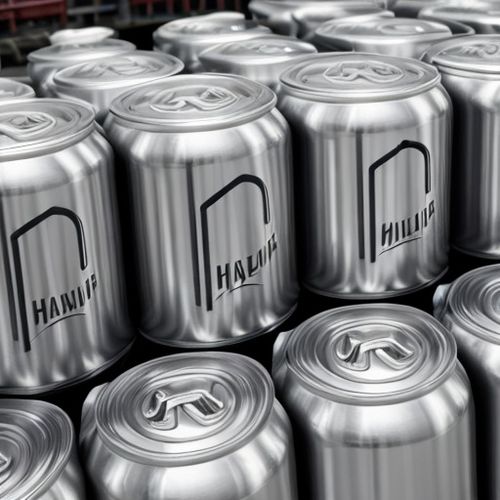
By Natalie Campbell/Mar 3, 2025

By Benjamin Evans/Mar 3, 2025
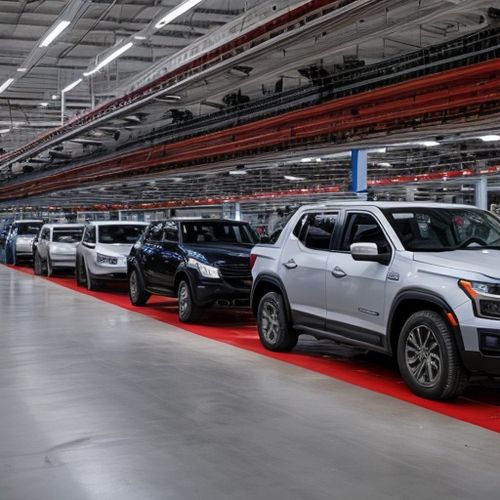
By Amanda Phillips/Mar 3, 2025
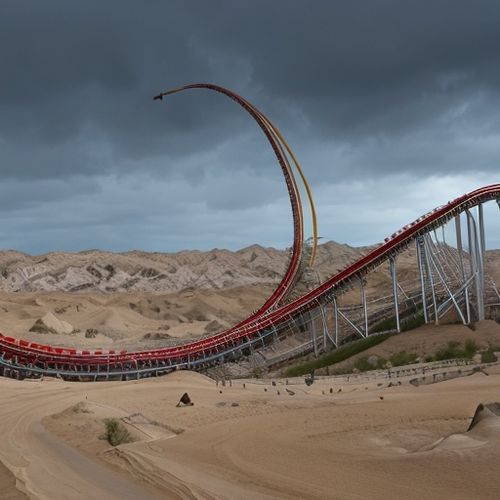
By John Smith/Mar 3, 2025
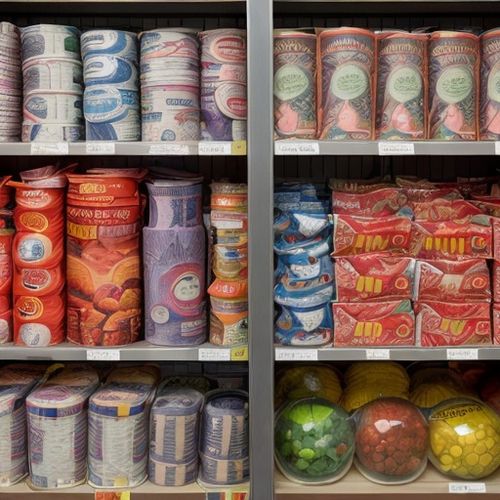
By Samuel Cooper/Mar 3, 2025

By Olivia Reed/Mar 3, 2025

By Michael Brown/Mar 3, 2025

By Jessica Lee/Feb 27, 2025

By Rebecca Stewart/Feb 27, 2025

By Ryan Martin/Feb 27, 2025
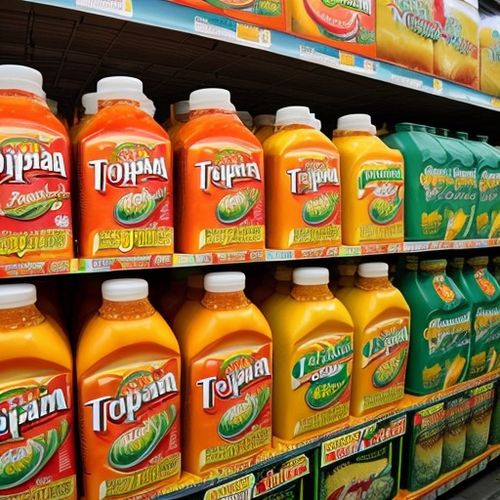
By Rebecca Stewart/Feb 27, 2025

By Sophia Lewis/Feb 27, 2025

By Amanda Phillips/Feb 27, 2025

By Christopher Harris/Feb 27, 2025
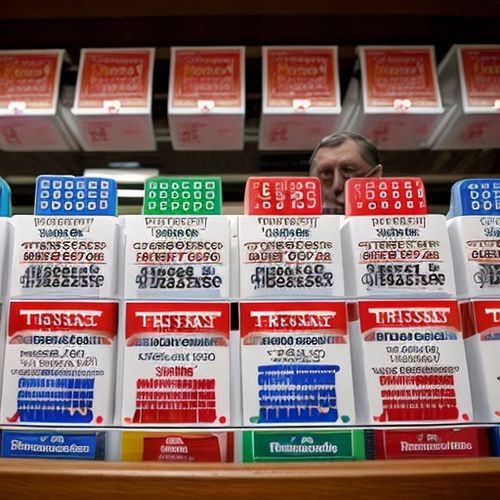
By Amanda Phillips/Feb 27, 2025